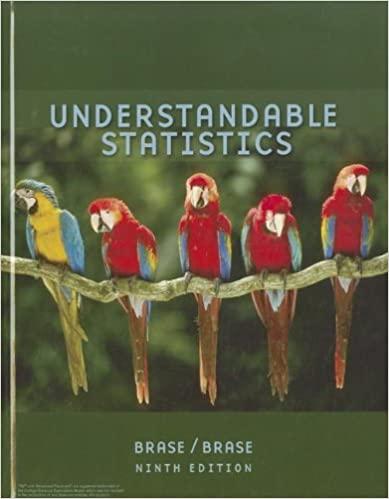Answered step by step
Verified Expert Solution
Question
1 Approved Answer
2. If A and B two independent events in sample space S, then P(AB) equals (a) P(B) (b) P(A)P(B) (c) P(A) (d) P(An B)/P(B)



2. If A and B two independent events in sample space S, then P(AB) equals (a) P(B) (b) P(A)P(B) (c) P(A) (d) P(An B)/P(B) 3. If A and B two independent events in sample space S, then P(BIA) equals (a) P(B) (b) P(A)P(B) (c) P(A) (d) P(AB)/P(B) 4. If A and B are mutually exclusive (disjoint) events in the same sample space S, then P(AB) equals (a) P(B) (b) P(A)P(B) (c) P(A) (d) 0 8. For any events A and B in sample space S then P(A n B) = (a) P(An B) (b) 1 - P(A U BC) (c) 1 - P(AUB) (d) P(A) + P(B) 13. If A and B are mutually exclusive (disjoint) events in the same sample space S, where (A)=0.4, P(B) = 0.3, then the value of P(AUB) is (a) 0.7 (b) 0.9 (c) 0.1 (d) 0.72
Step by Step Solution
There are 3 Steps involved in it
Step: 1

Get Instant Access to Expert-Tailored Solutions
See step-by-step solutions with expert insights and AI powered tools for academic success
Step: 2

Step: 3

Ace Your Homework with AI
Get the answers you need in no time with our AI-driven, step-by-step assistance
Get Started


